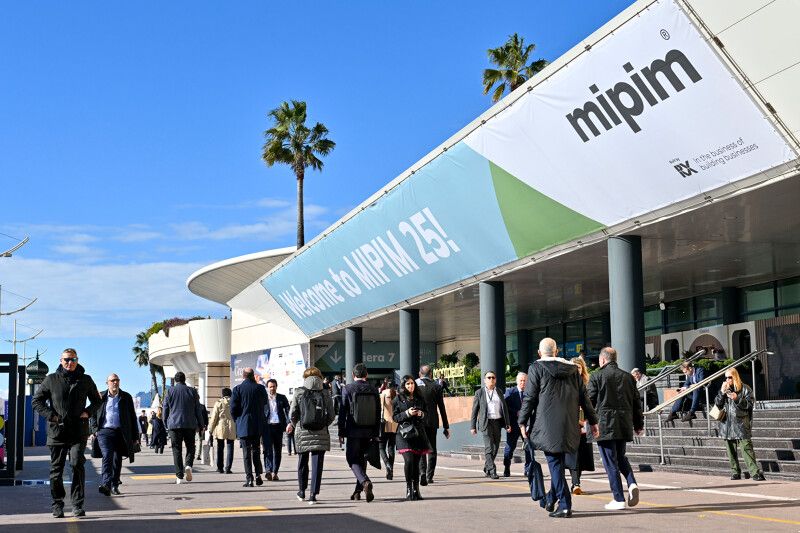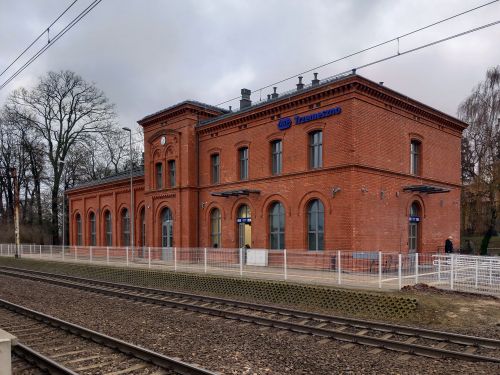By focusing on operational efficiency, logistics occupiers are aiming to improve their supply chains. Their priority is to be near large population centres and transport networks, closely followed by the need to be within easy reach of customers and suppliers. While proximity to economic networks has been the top criteria in the past two surveys carried out by Prologis and eyefortransport, access to customers and suppliers has moved up to third place from sixth and seventh in 2015 and 2013 respectively, reflecting a sharper focus on supply chain efficiency.
According to Prologis’ ‘Location Decision Drivers: Trends Shaping New Location Selection in Europe’ report, the availability of a flexible workforce is another aspect of operational efficiency that is increasingly important to the logistics sector. With the growth of e-commerce and the steady decline in unemployment levels, labour availability and flexibility rose to second place in the 2017 ranking from fourth in






























































